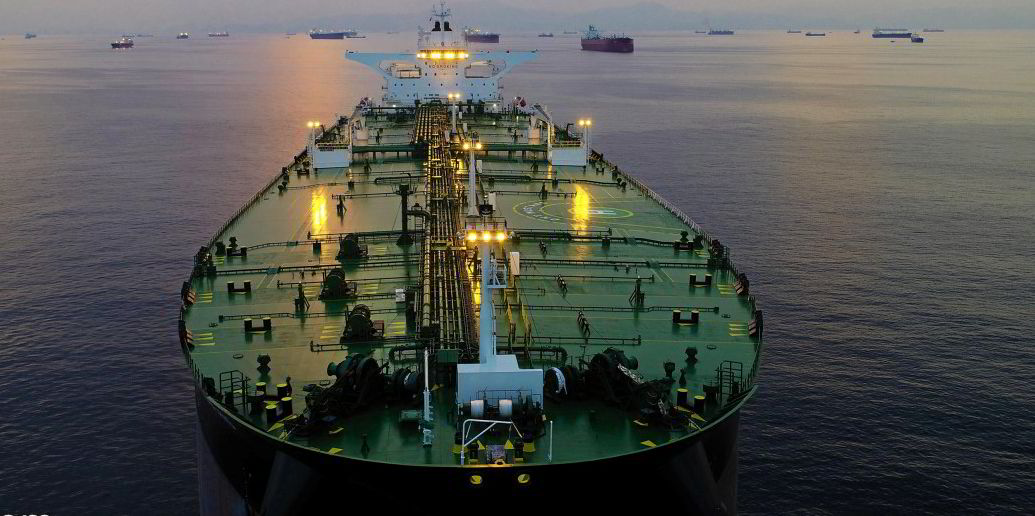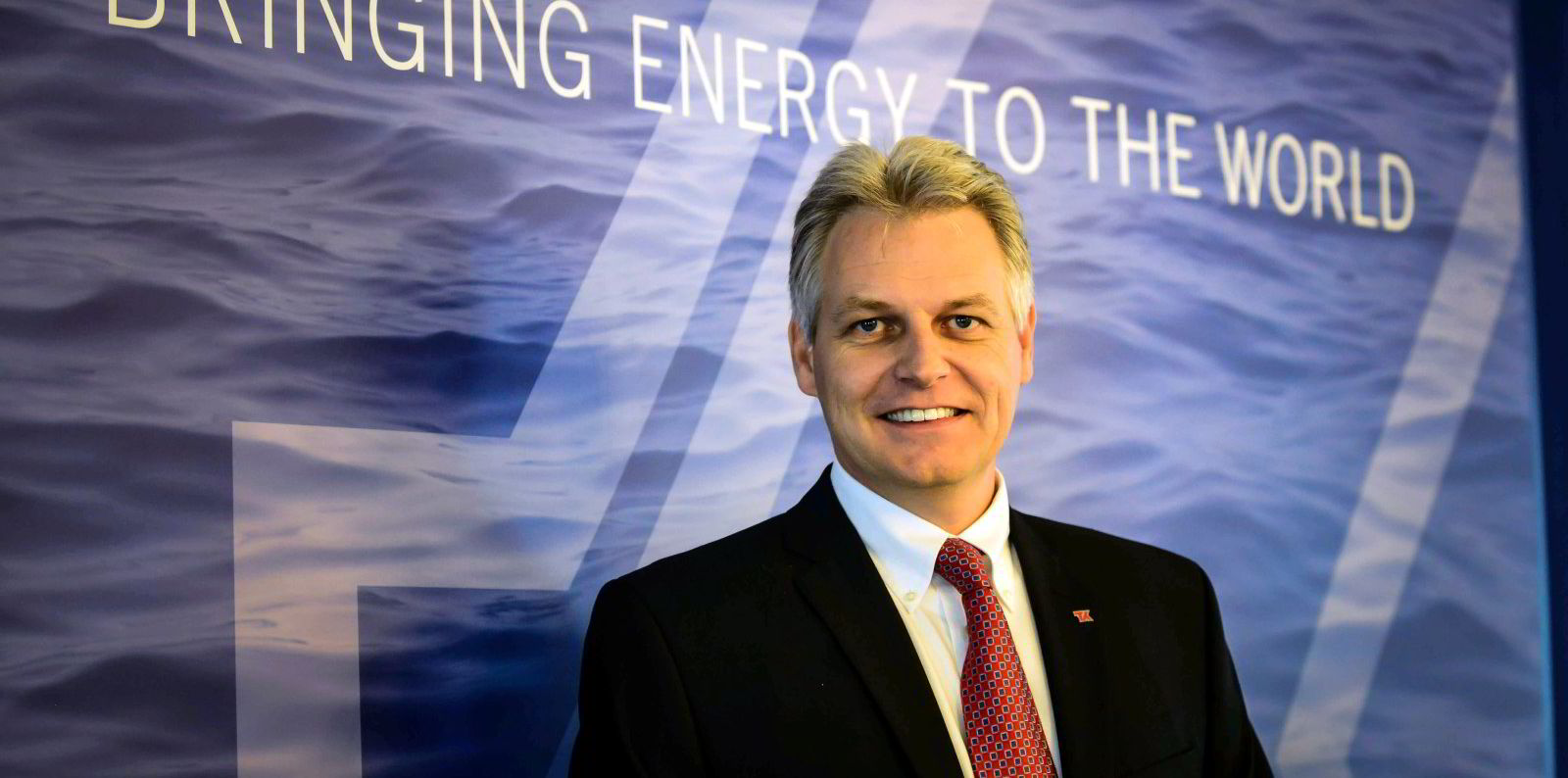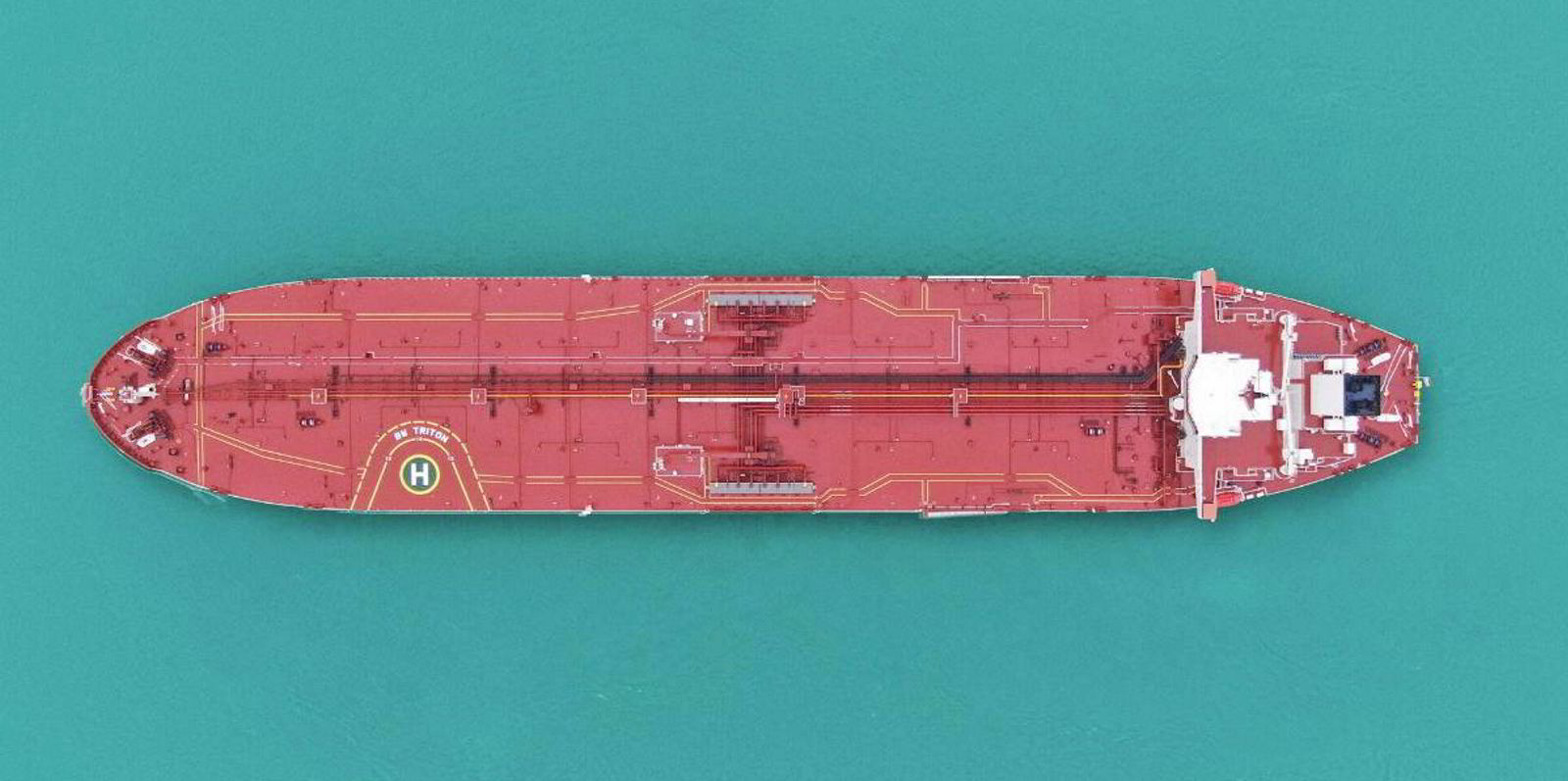DHT Holdings and Hafnia have locked their tankers into term deals in an otherwise quiet period charter market.
Brokers reported Norwegian oil company Equinor recently fixed the scrubber-fitted, 318,000-dwt DHT Mustang (built 2018) for 12 months at $33,500 per day.
The eco-ship is one of DHT Holdings’ three VLCCs whose period charters are expiring this quarter, according to the shipowner’s website.
The New York-listed owner of 27 VLCCs has another five ships on time charters due to end in the third quarter of this year, four on charters due to expire in the fourth quarter and two completing in 2022.
Brokerage Fearnleys estimates the rate for a one-year charter of a non-scrubber, non-eco VLCC stands at $30,000 per day.
DHT Holdings and Equinor did not reply to a request for comment.
Separately, product tanker operator Hafnia is said to have chartered the 50,000-dwt BW Wren (built 2016) to Weco Tankers for six months at $14,700 per day.
Clarksons Research assesses the six-month rate for an eco-MR at $13,250 per day.
Weco confirmed it has leased in the ship but declined to comment further. Oslo-listed Hafnia, part of BW group, did not respond to an email query from TradeWinds.
Uncertain outlook
Aside from the two strong fixtures, brokers said the period market has been generally quiet amid an uncertain freight outlook.
VesselsValue shows 19 tankers have been fixed on time charters so far this month, compared with 71 vessels for the whole of April.
“With spot rates remaining stubbornly low … this sentiment filtered through to the period market,” Braemar ACM Shipbroking said in a note.
“Longer, more structured deals remain few and far between, particularly with front-end earnings remaining low, which is dissuading charterers from taking tonnage. The trading environment remains challenging.
“However, with rate improvement [forecast to be] starting in the third quarter and through the fourth quarter of 2021, deals are there to be done at the right price.”
Some tanker experts believe rates will soon pick up with recovering oil demand in Europe and the US, while others suggest increased scrapping needs to occur before freight earnings can return to pre-pandemic levels.

Poten & Partners, a US-based brokerage, estimated the total capacity of the crude tanker fleet had grown by 11.5% between January 2020 and April 2021.
"Expected tanker deliveries for 2021 are similar to the levels of 2020 … With oil demand still well below pre-pandemic levels, this fleet expansion poses a problem,” Poten tanker research head Erik Broekhuizen said.
“The tanker market needs a supply adjustment. The only quick and permanent answer to the oversupply of tankers is demolition,” he added.







